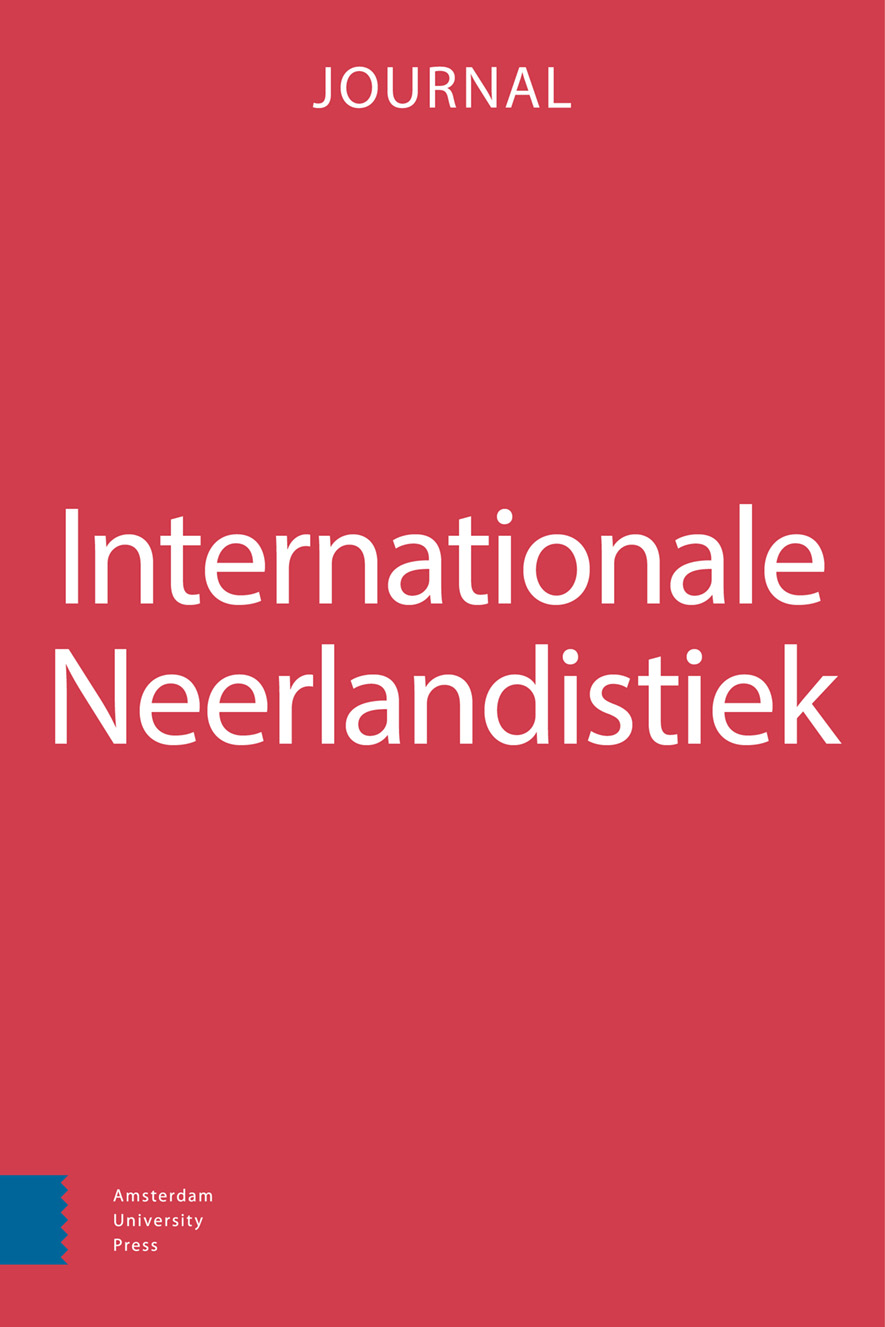-
oa “Je ziet het pas als je het doorhebt”
Het dynamische proces van tweedetaalverwerving
- Amsterdam University Press
- Source: Internationale Neerlandistiek, Volume 56, Issue 3, Nov 2018, p. 203 - 221
-
- 01 Nov 2018
Abstract
In spite of convincing empirical evidence for the implicit nature of second language acquisition, second language teaching is still largely based on explicit instruction. The discrepancy between research and teaching is caused by deeply rooted assumptions about language learning. One of the most critical assumptions is that there is a linear and causal relationship between explicit grammar instruction and the process of language acquisition. We learn, it is assumed, by internalizing explicit grammar rules and by storing declarative lexical knowledge.
In this contribution, I will show how, contrary to these assumptions, language acquisition is characterized by a dynamic process of development that is strongly individual and hard to predict. This dynamic view on language acquisition is supported by longitudinal studies of language acquisition in different domains.
This dynamic perspective of second language development has relevant implications for language instruction. The most important implication is that communicative interaction and intensive exposure to the second language, combined with systematic support of the language learner, stand a better chance of successful language learning than explicit instruction.


